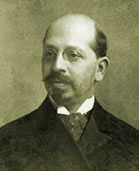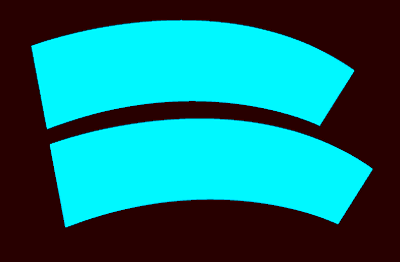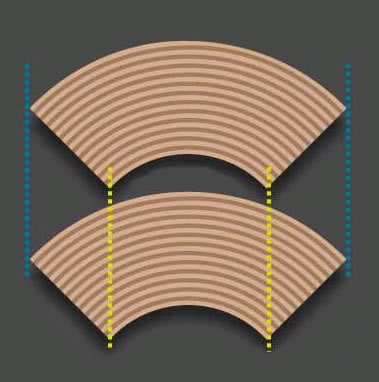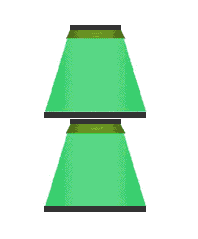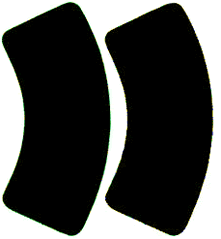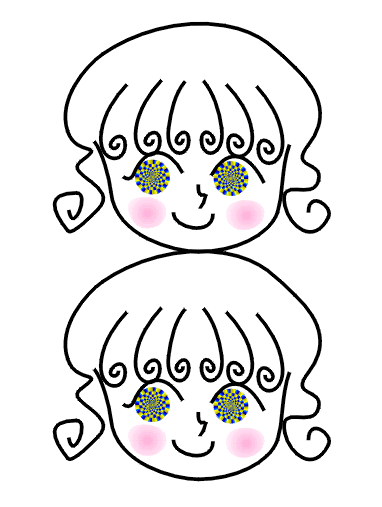| OPTICAL
ILLUSION and FOCUSES -> Home |
| Jastrow
optical illusion |
Joseph
Jastrow (January 30, 1863 – January 8, 1944)
Joseph Jastrow was a Polish-born American psychologist, noted for
inventions in experimental psychology, design of experiments, and
psychophysics. He also worked on the phenomena of optical illusions,
and a number of well-known optical illusions (such as the Jastrow
illusion) were either discovered or popularized in his work. Jastrow
believed that everyone had their own, often incorrect, preconceptions
about psychology. One of his goals was to use the scientific method
to identify truth from error, and educate the layperson, which he
did through speaking tours, popular print media, and radio |
|
|
| |
 |
Discovery
The
Jastrow illusion is named for the American psychologist Joseph
Jastrow, who discovered the illusion in 1889. Jastrow is also
well known for his "duck-rabbit" ambiguous figure
in which the the object's identification switches back and forth
from that of a duck to that of a rabbit. Description
The Jastrow illusion is a size
illusion where two curved shapes of identical measurements
are placed next to each other. When viewing the two shapes,
one looks significantly larger than the other. When the positions
of the two shapes are reversed, the impression of which is
the larger is also reversed. |
|
|
|
| |
|
Jastrow’s
original (1892)
The
Jastrow illusion is an optical illusion where two identical figures
are placed next to each other. Although they are both exactly the
same size, one appears to be larger. |
|
|
|
|
|
|
The
study of perceptual illusions like the Jastrow illusion helps scientists
to investigate the various mechanisms involved in the visual perception
of objects, and thus increases our understanding of how our minds function
in informing us about the environment.
This type of illusion also is reminds us that human nature has endless
creativity and appreciation for novelty. |
|
| The
Jastrow illusion in the interpretation by Akioshi Kitaoka |
|
|
| |
Illusions
REFERENCES:
• Seckel,
A. The Art of Optical Illusions. Carlton Books, p. 36, 2002.
• Jastrow, J. (1899). The mind's eye. Popular Science Monthly,
54, 299-312.
• Jastrow J (1892) Studies from the laboratory of experimental
psychology of the University of Wisconsin – II. Am J Psychol
4(3):381–428
• Blumenthal, A. L. (1991). The intrepid Joseph Jastrow. In
G. Kimble & C. White & M. Wertheimer (Eds.), Portraits of
pioneers in psychology (pp. 74-87). Hillsdale, N.J.: Erlbaum. |
|
|
|
|
| |
|
|
|
Copyright
© 2004 ABC-people.com
Design and conception BeStudio © 2016-2024 |
|
|
